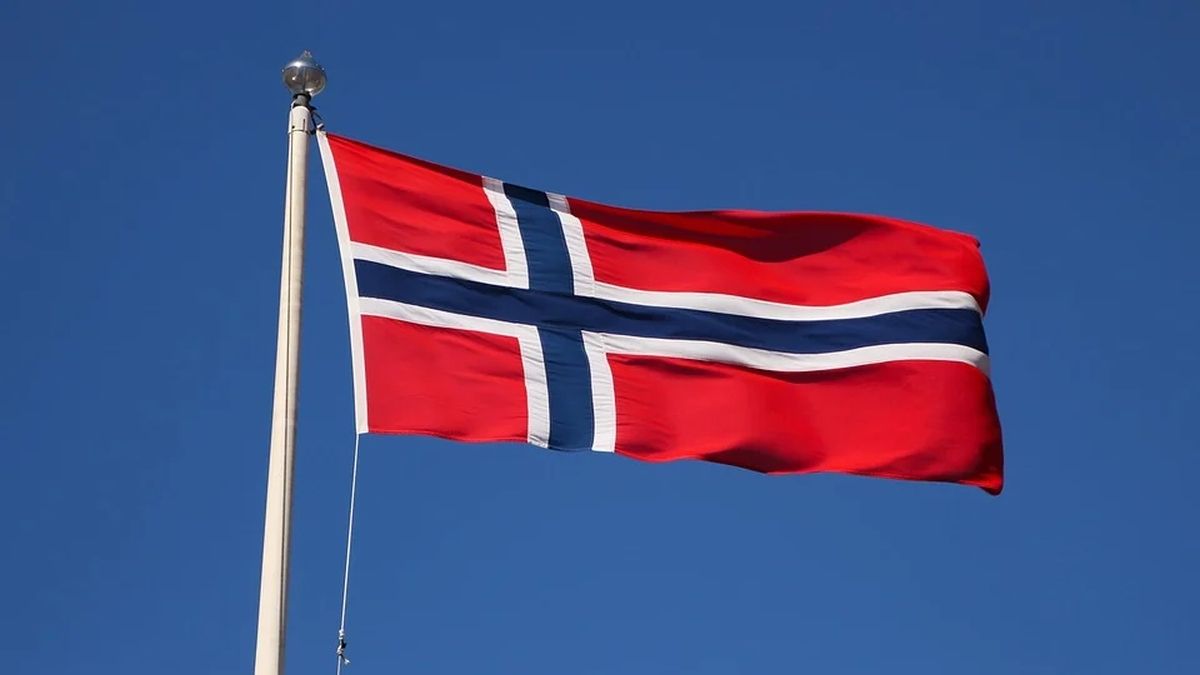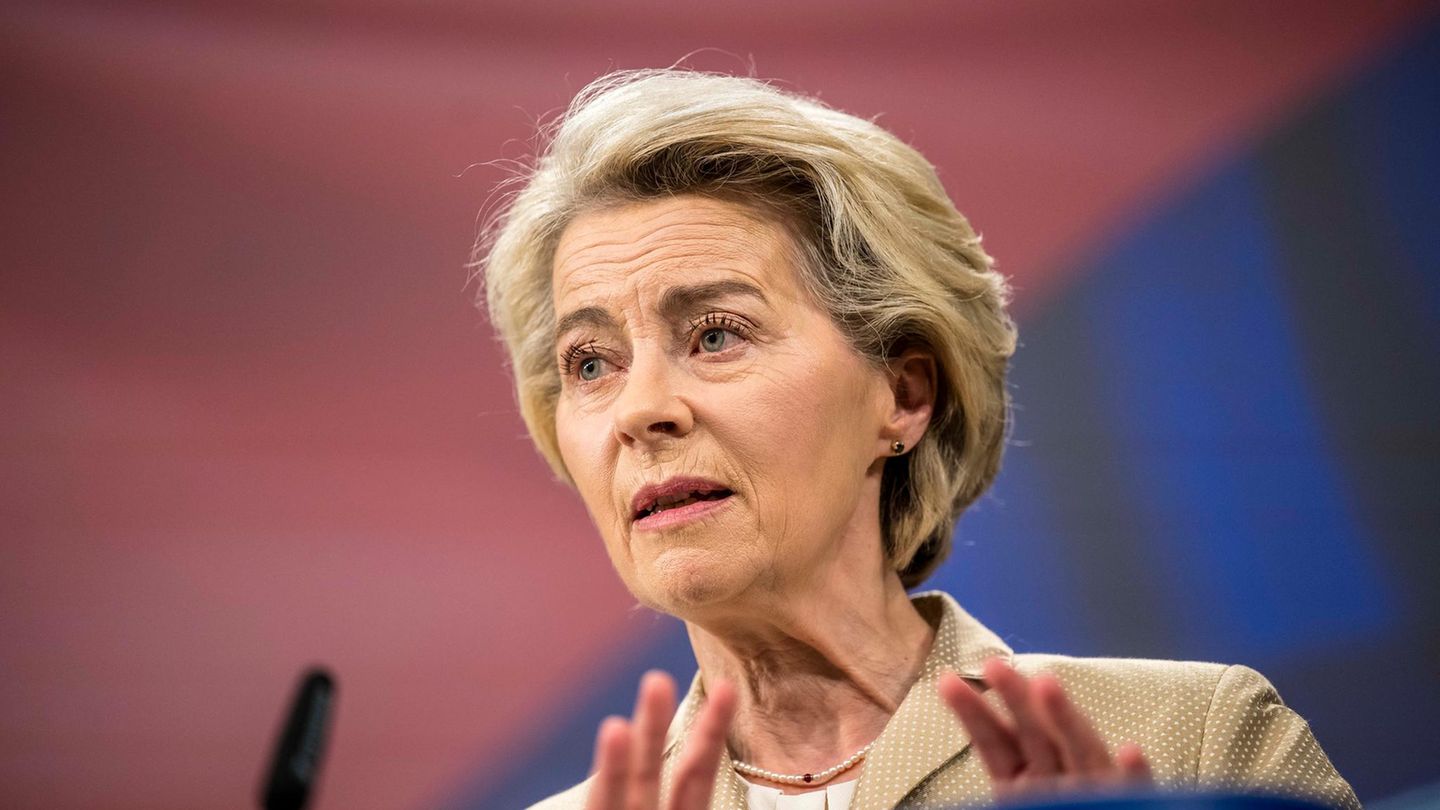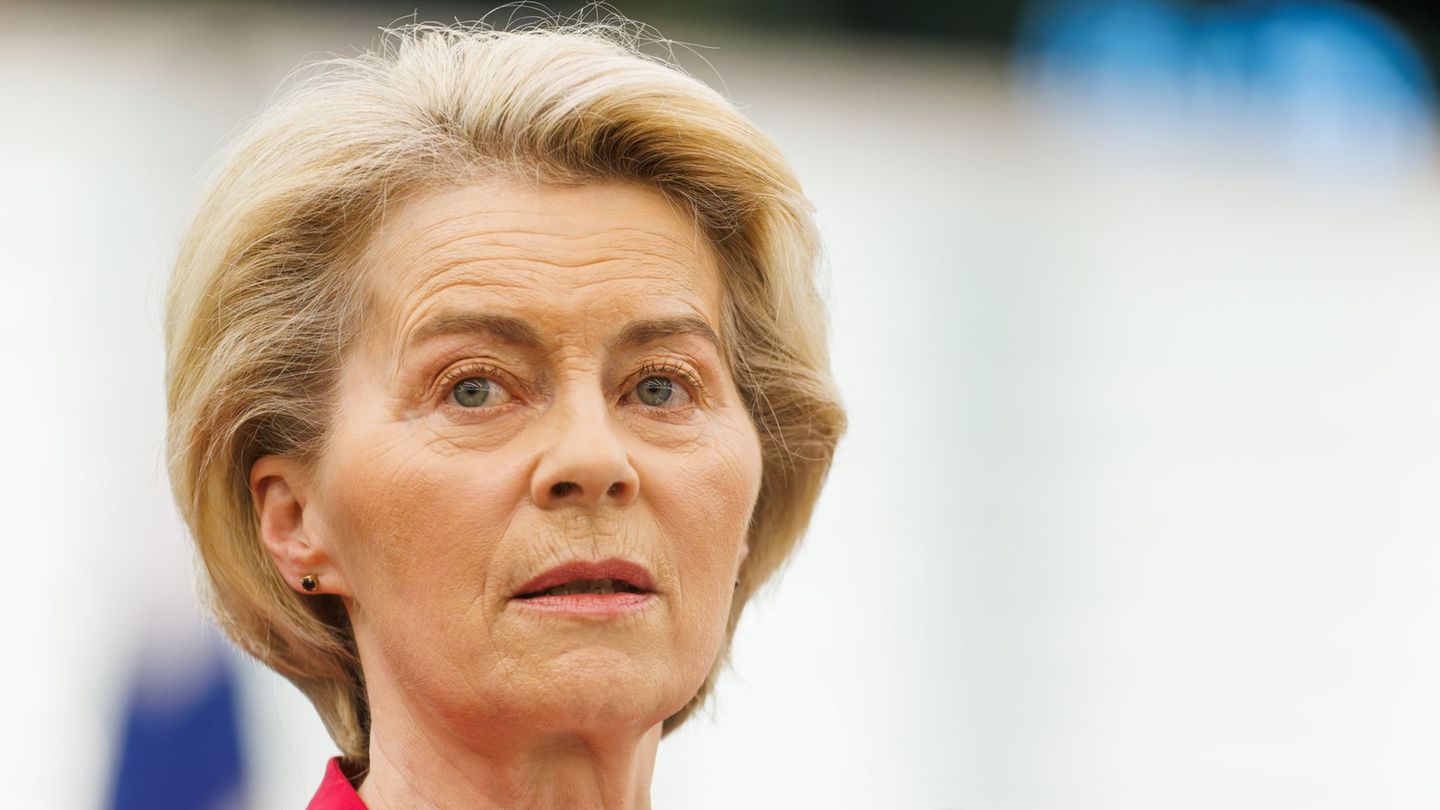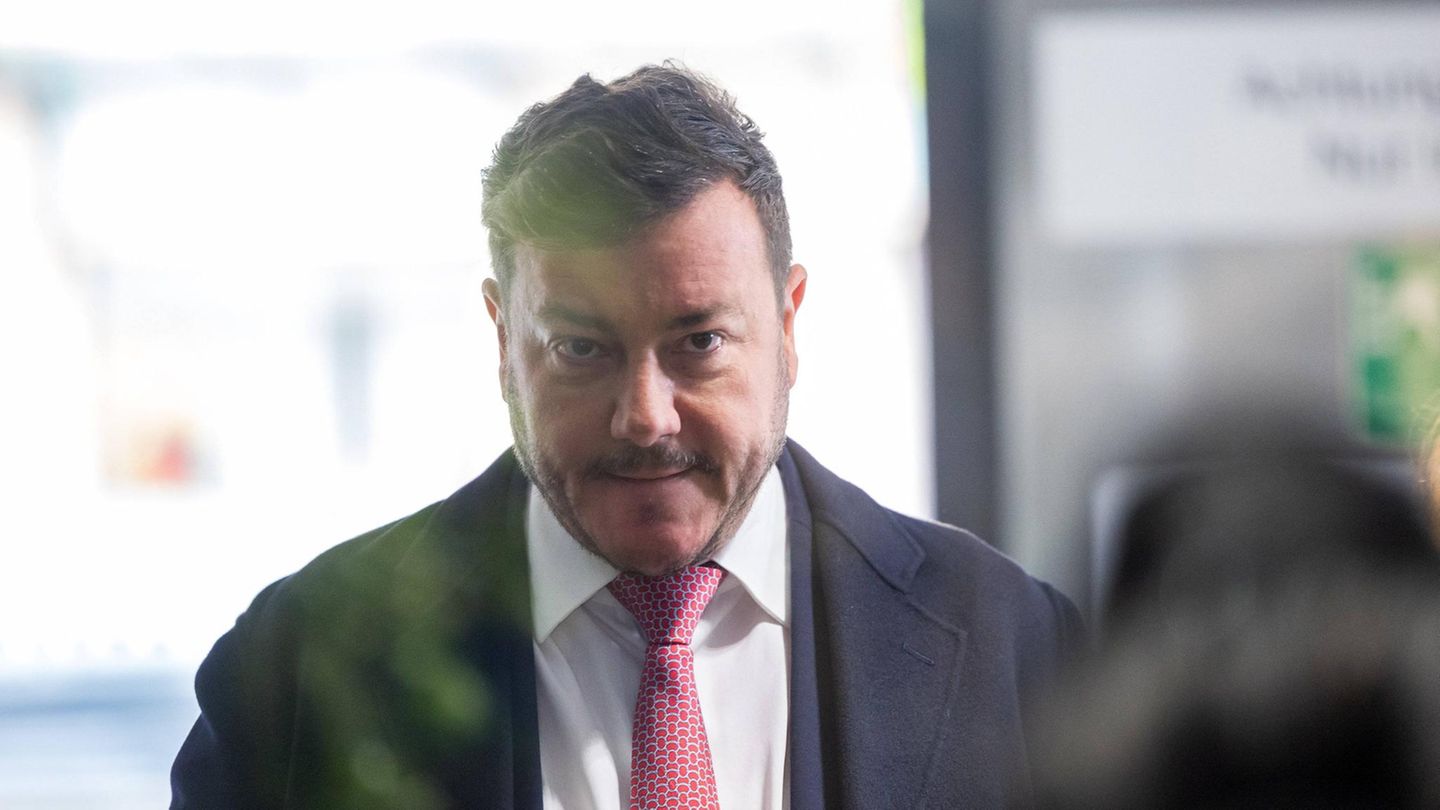In the first half of the year, the Norwegian Government Pension Fund Global, The world’s largest sovereign wealth fund, which earned nearly 1.5 trillion crowns, or about $135 billion, largely from its bets on the technology sector. According to the board of directors of Norges Bank Investment Management (NBIM), the state-owned bank that manages the Norwegian fund, the market value of the fund increased by 1.48 trillion crowns between January and June 2024, reaching a total of 17.75 trillion crowns. (1.6 trillion dollars). That is to say that In the first half of the year alone, its net profits were equivalent to almost a quarter of Argentina’s GDP and its market value – which today exceeds US$1.71 trillion – represents more than three times the size of the Argentine economy.
According to official data, the fund’s overall return for the first half of the year was 8.6%, just 0.04 percentage points below its benchmark. NBIN CEO Nicolai Tangen explained that the result was mainly driven by technology stocks, due to the increased demand for new artificial intelligence (AI) solutions.
It is worth remembering that at the beginning of the Cambiemos government there were some inquiries about opportunities in Argentina, including some trips to Buenos Aires, but to this day there are no Argentine assets in its portfolio. Instead, in the region it has financial assets in Brazil, Chile, Colombia, Mexico, Panama and Peru.
How did they do it in the Norwegian fund?
NBIM said equities accounted for 72% of the fund’s value at the end of the period, fixed income 26.1%, unlisted real estate 1.7% and unlisted renewable energy infrastructure 0.1%. In this sense, the fund’s equity investments had a good first half of the year, with a return of 12.5% where Technology companies stood out, achieving a return of 27.9%. In this regard, he highlights that the sector benefited from the strong demand for new artificial intelligence solutions from the largest Internet and software companies and their semiconductor suppliers.
Financial assets returned 13.8%, with stronger global economies and rising consumer debt resulting in higher bank revenues. Strengthening stock markets and rising investment also contributed positively.
On the other hand, Healthcare stocks returned 10.3%, thanks to strong demand for healthcare services, Positive results from a number of major clinical trials and increased demand for innovative treatments and technologies. More mergers and acquisitions and better funding for biotechnology also helped to strengthen the sector.
The basic materials sector generated the lowest return of the period, at -0.3%. In this regard, they point out that the weak real estate market in China and weak demand for materials in Europe affected the sector’s performance.
On the other hand, fixed income investments returned -0.6% in the first half and government bonds returned -1.8%, with the fund’s three largest investments being US, Japanese and German government bonds. While the fund’s total real estate investments returned 1.5% in the first half and amounted to 3.6% of the fund at the end of the period; and investments in unlisted renewable energy infrastructure returned -17.7% due to higher capital costs that had negatively impacted the value of investments in the half.
Outlook: Uncertainty and Geopolitics
Looking ahead, Tangen said at a news conference that he did not expect stock markets to rise as they had in previous years, according to Reuters, and acknowledged that Much uncertainty and a completely different geopolitical situation meant that there were now more risks for global stocks.
Norway’s sovereign wealth fund, one of the world’s largest investors, was set up in the 1990s to invest surplus revenues from the country’s oil and gas sector. Since then, the fund has invested in equities and fixed income globally (in more than 8,700 companies in over 70 countries around the world) and has grown in value with returns.
So that the fund, which is commonly called “Norway’s oil fund” By the very nature of its creation, the fund is a shareholder in many of the world’s largest companies, including major oil companies, and has the power to influence other investors with its investment decisions. It should be noted that at the end of 2023, it held stakes in 220 energy companies from 35 countries, representing 2.6% of all investments. For example, the fund held 3.4% in BP, 2.88% in Shell, 2.42% in TotalEnergies, 1.35% in ExxonMobil, and 1% in Chevron.
Although they have not yet invested in Argentine assets, this experience allows us to imagine what recent history might have been like if, for example, in times of prosperity or the commodities boom, Argentina had created a sovereign soybean fund. Now perhaps Vaca Muerta or mining could lead to something similar, thinking of future generations.
Source: Ambito
I am a 24-year-old writer and journalist who has been working in the news industry for the past two years. I write primarily about market news, so if you’re looking for insights into what’s going on in the stock market or economic indicators, you’ve come to the right place. I also dabble in writing articles on lifestyle trends and pop culture news.




